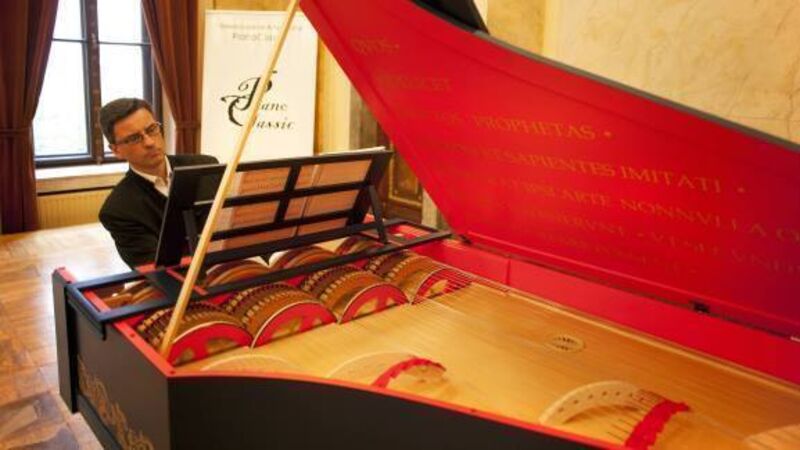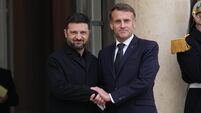Music to the ears of da Vinci as dream realised

Painter of the Mona Lisa, Italian Renaissance genius Leonardo da Vinci also dreamt up the viola organista in the late 15th century as a marriage of keyboard and string instruments. But he never built it, experts say.
Virtually forgotten, it has now come to life thanks to a Polish concert pianist with a flair for instrument-making.














